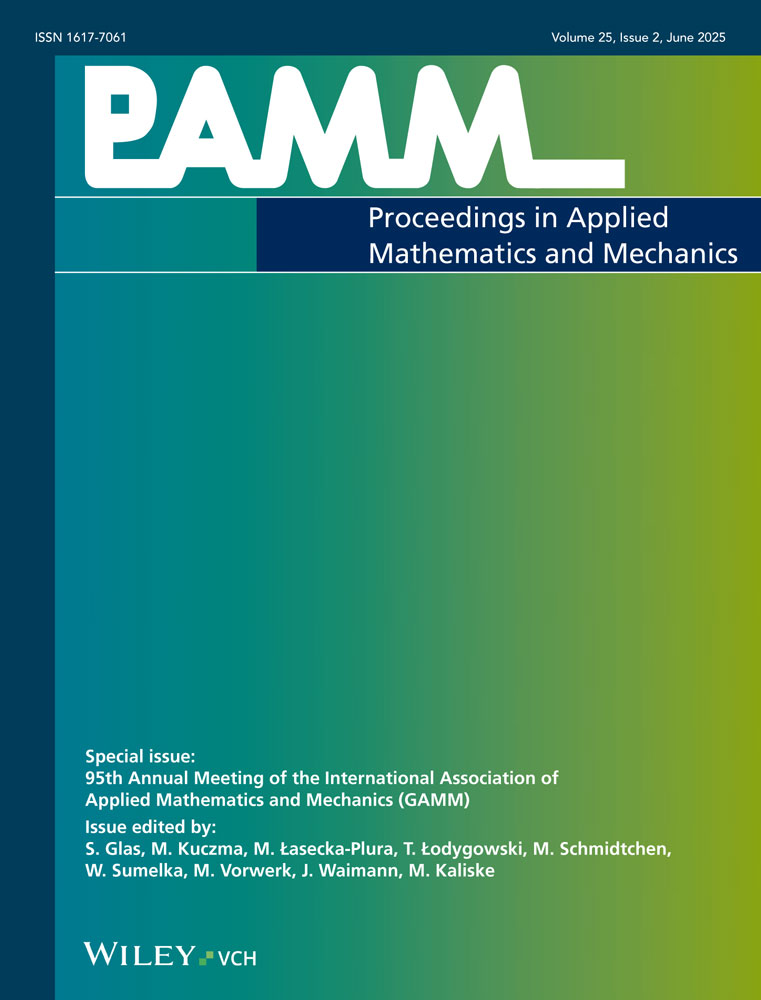Particle-Laden Flow Simulation in a Cyclone Separator
Abstract
The particle-laden flow of a cyclone separator for industrial applications at a Reynolds number of Re = 140, 000 has been studied numerically. Due to the nature of cyclone flows, which exhibit highly curved streamlines and anisotropic turbulence, we used the advanced turbulence model Large Eddy Simulation (LES). Our LES reveals qualitative agreement with experimental data, but requires higher computer capacity and longer running times compared to other turbulence models. The results of the continuous phase flow computations were generated first and served as a basis for modeling the behavior of solid particles in the separator. Modeling of the solid particle motion in the cyclone was performed applying a one-way coupling between the gas flow field and the particles. The cyclone separation efficiency and particle trajectories have been studied in detail. Separation efficiency results show satisfying agreement between LES data and experimental results. It turned out that the particle cut-off diameter for a particle material density of 2500 kg/m3 is approximately 1.3 μm. (© 2006 WILEY-VCH Verlag GmbH & Co. KGaA, Weinheim)




